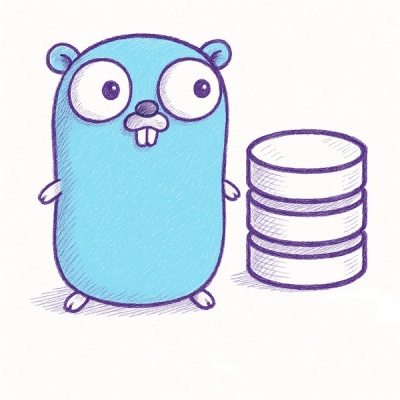
Security News
Browserslist-rs Gets Major Refactor, Cutting Binary Size by Over 1MB
Browserslist-rs now uses static data to reduce binary size by over 1MB, improving memory use and performance for Rust-based frontend tools.
This is a Ruby client for Replicate. It lets you run models from your Ruby code and do various other things on Replicate.
Add this line to your application's Gemfile:
gem 'replicate-ruby'
Grab your token from replicate.com/account and authenticate by configuring api_token:
Replicate.configure do |config|
config.api_token = "your_api_token"
end
You can retrieve a model:
# Latest version
model = Replicate.client.retrieve_model("stability-ai/stable-diffusion")
version = model.latest_version
# List of versions
version = Replicate.client.retrieve_model("stability-ai/stable-diffusion", version: :all)
# Specific version
version = Replicate.client.retrieve_model("stability-ai/stable-diffusion", version: "<id>")
And then run predictions on it:
prediction = version.predict(prompt: "a handsome teddy bear")
# manually refetch the prediction status
prediction = prediction.refetch
# or cancel a running prediction
prediction = prediction.cancel
# and if a prediction returns with status succeeded, you can retrieve the output
output = prediction.output
# Optionally you can submit a webhook url for replicate to send a POST request once a prediction has completed
prediction = version.predict(prompt: "a handsome teddy bear", "https://webhook.url/path") # call predict
id = prediction.id # store prediction id in your backend
prediction = Replicate.client.retrieve_prediction(id) # retrieve prediction during webhook with id from backend
There is support for the experimental dreambooth endpoint.
First, upload your training dataset:
upload = Replicate.client.upload_zip('tmp/data.zip') # replace with the path to your zip file
Then start training a new model using, for instance:
training = Replicate.client.create_training(
input: {
instance_prompt: "zwx style",
class_prompt: "style",
instance_data: upload.serving_url,
max_train_steps: 5000
},
model: 'yourusername/yourmodel'
)
As soon as the model has finished training, you can run predictions on it:
prediction = Replicate.client.create_prediction(
input: {
prompt: 'your prompt, zwx style'
},
version: training.version
)
You can also download the output.zip file from the dreambooth training prediction, unzip it, and then convert the trained model to a Stable Diffusion checkpoint with convert_diffusers_to_sd.py.
python ./convert_diffusers_to_sd.py --model_path ~/Downloads/output --checkpoint_path ~/Downloads/output.ckpt
After checking out the repo, run bin/setup to install dependencies. Then, run rake test to run the tests. You can also run bin/console for an interactive prompt that will allow you to experiment.
FAQs
Unknown package
We found that replicate-ruby demonstrated a not healthy version release cadence and project activity because the last version was released a year ago. It has 1 open source maintainer collaborating on the project.
Did you know?

Socket for GitHub automatically highlights issues in each pull request and monitors the health of all your open source dependencies. Discover the contents of your packages and block harmful activity before you install or update your dependencies.

Security News
Browserslist-rs now uses static data to reduce binary size by over 1MB, improving memory use and performance for Rust-based frontend tools.

Research
Security News
Eight new malicious Firefox extensions impersonate games, steal OAuth tokens, hijack sessions, and exploit browser permissions to spy on users.

Security News
The official Go SDK for the Model Context Protocol is in development, with a stable, production-ready release expected by August 2025.